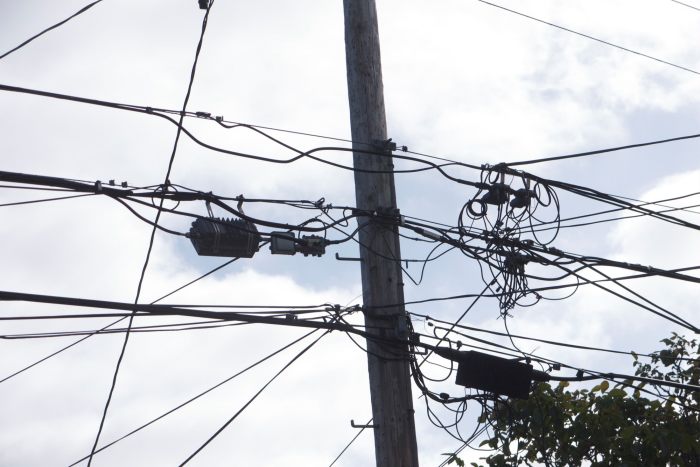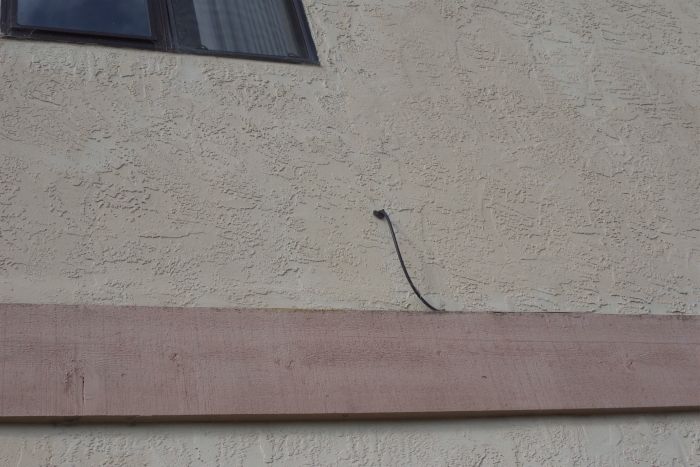A catastrophe waiting to happen.
Apple duly rolled out its bunch of cloud-centric offerings this past Monday to the usual stomach churning hype. It was one of the worst presentations I have seen from the fruit company, unfocused and confusing. None of this aided by a CEO who is clearly (and tragically) on his last legs. Steve Jobs looked awful, his voice was hoarse and he had difficulty with movement and memory. Far worse than before. Sad. But none of that resulted in moderation of Apple’s ridiculous hype. That trait is truly embedded in the corporate culture at One Infinite Loop.
Amongst the ridiculous claims of ‘new features’ were things like Autosave and Versioning which saves your work as you type. “Brand new”, “Apple only”, etc. Of course, this only works with Apple’s apps – sorry, but I know of no working finance professional who uses Numbers in preference to Excel (which has an Autosave feature in any case) or prefers Pages to Word, awful as the latter may be. It’s called ‘industry default’. These users, myself included, will not be migrating to Apple’s products just because of Autosave. Lightroom has been saving on the fly since Version 1 years ago on Macs and PCs, and allows you to step back through versions. Even the wretched Intuit Corporation has had on-the-fly saving in Quicken for well over a decade. And that’s in a PPC app!
But the hype meter was really cranked up for iCloud, Apple’s desperate attempt to catch up with Google’s Android and related offerings. Before writing more, let me just relate a little personal chronology.
- iDisk at MobileMe went down and files stored there were inaccessible. Mercifully I had local copies.
- MobileMe went down and I could not receive or send email.
- This site went down owing to server problems at BlueHost, the hosting service I use.
- Snap!, my daily Photoblog, went down – same hosting service, same issue. Twice.
- There was a power cut and all computers here went down for the 30 minute duration. (I do not have battery back-up).
Time frame? How about all happened during the past seven days? And this is in a big city environment with relatively stable infrastructure, not Tornado Alley, though we do get the occasional earthquake here in California.
Now let me illustrate how AT&T pipes its broadband into the home here. This is typical not unusual in America where doing everything at the lowest cost is the prime dictate. Homes here are separated by easements which act as locations for utility poles – power, telephone, broadband. Here’s the utility pole whence broadband enters the home – even the US Congress could not have made this mess:

Thereafter, the precious length of copper cable conveying broadband goes through a couple of junction boxes, a few more twists and turn, then enters the home through this high tech orifice, also known as a hole in the wall:

And you expect me to trust my data to the cloud? No matter that it will likely be hacked by a fourteen year old from the Ukraine next week, how do I get at it when one of the many variables between the remote file server and my desktop goes down?
Want more hype? Apple will replicate your music catalog at its data center giving you download access on many devices to your catalog wherever you have a broadband connection. Something Amazon has been doing with Kindle for years now. They keep one copy of each book, as does Apple of each tune, and a list of what belongs to whom. It’s hardly magic. You have long been able to access your Kindle catalog from any device. Delete it to make space and you are still the owner should you eventually decide to re-download it later. The biggest advantage of Apple’s approach to music storage is the effective amnesty for thieves. Those who have stolen music on their computers now get an iCloud version for $25 a year – presumably a chunk of that goes to the record companies. But for serious music lovers this approach does little. First, fully 50% of my iTunes music catalog is missing cover art as iTunes cannot recognize the music (no, it’s not Lady Gagger). So this feature adds little and means I will instead have to upload my unrecognized files to iCloud to make them available on multiple devices. Now my files are all in uncompressed form ripped from my original CDs, as my ears cannot stand compressed music, so now I’m looking at the prospect of uploading hundreds of multi-megabyte files to the cloud. Remember how long that took with CrashPlan? I think I’ll pass – it’s faster to move them locally, and much more secure.
But there is one positive to all this iCloud hype. MobileMe will be killed some fifteen months hence, replaced with a free account with up to 5gB storage in iCloud. It will provide email, iCal, Safari bookmarks and so on synchronized across multiple devices, just like MobileMe does. Sometimes. And you will even be able to get a partial refund of what you just paid for MobileMe using this. I have no idea how competent or reliable iCloud will be, but it could not possibly be worse than MobileMe.
I believe the next global financial meltdown will result from over-dependence on cloud storage (unless the villains on Wall Street get there first, again), with some simple human error or hostile act rendering much of the civilized world without internet access. No web purchases, no bank access, no credit card transactions, no national defense, no medical records, you name it. Our enemies no longer need nukes. A pair of cable cutters will do. Alternatively, if it can go wrong it will. There’s no reason for you to lose your photographs in the process. Store them locally and back up, on-site and off-site, often. Who would you rather trust with your data – you or a cloud vendor about whose technology and procedures you know precisely zero?

What happens when you trust the cloud. G1, kit lens.
And now, the cartoon of the year:
